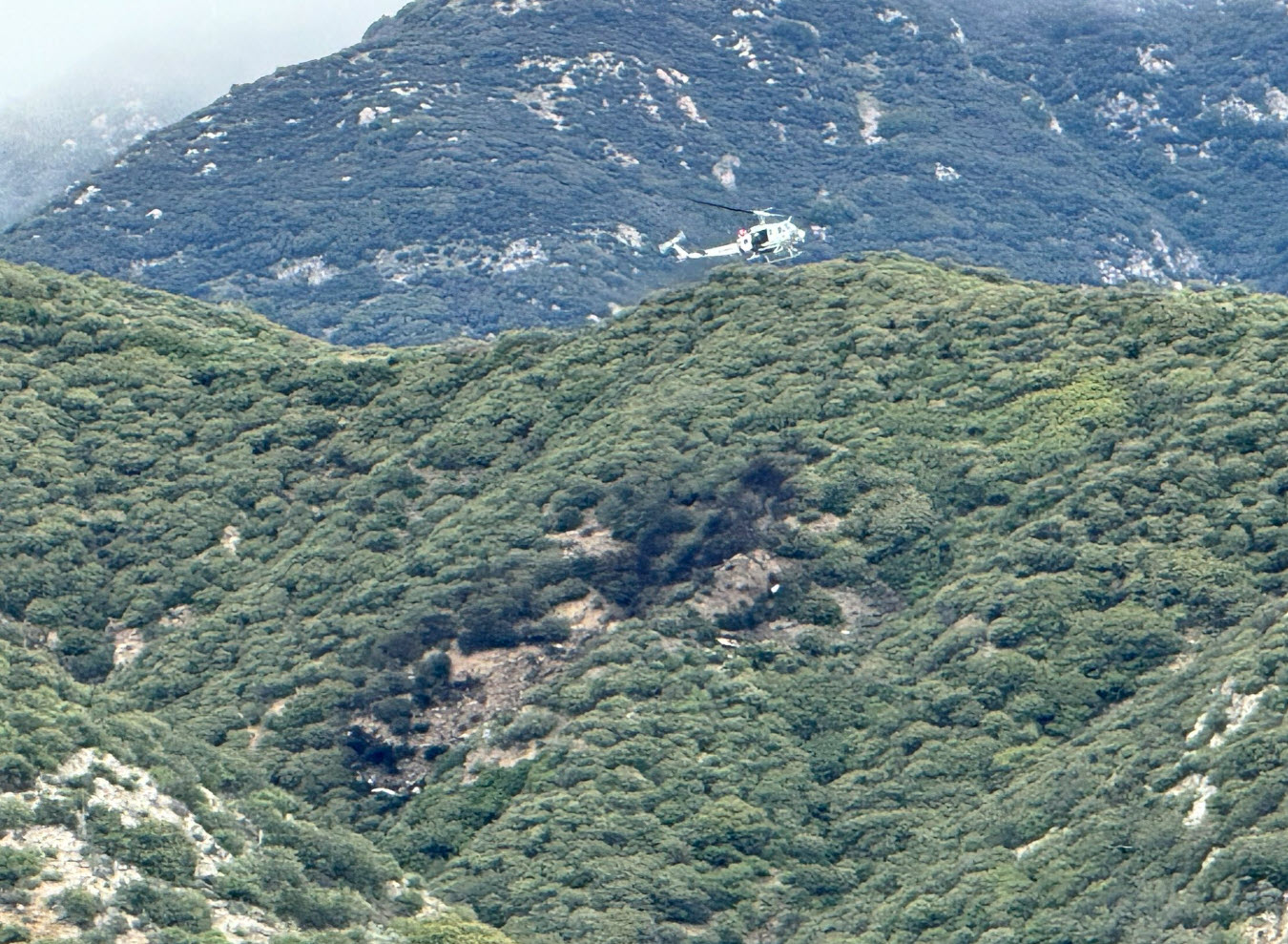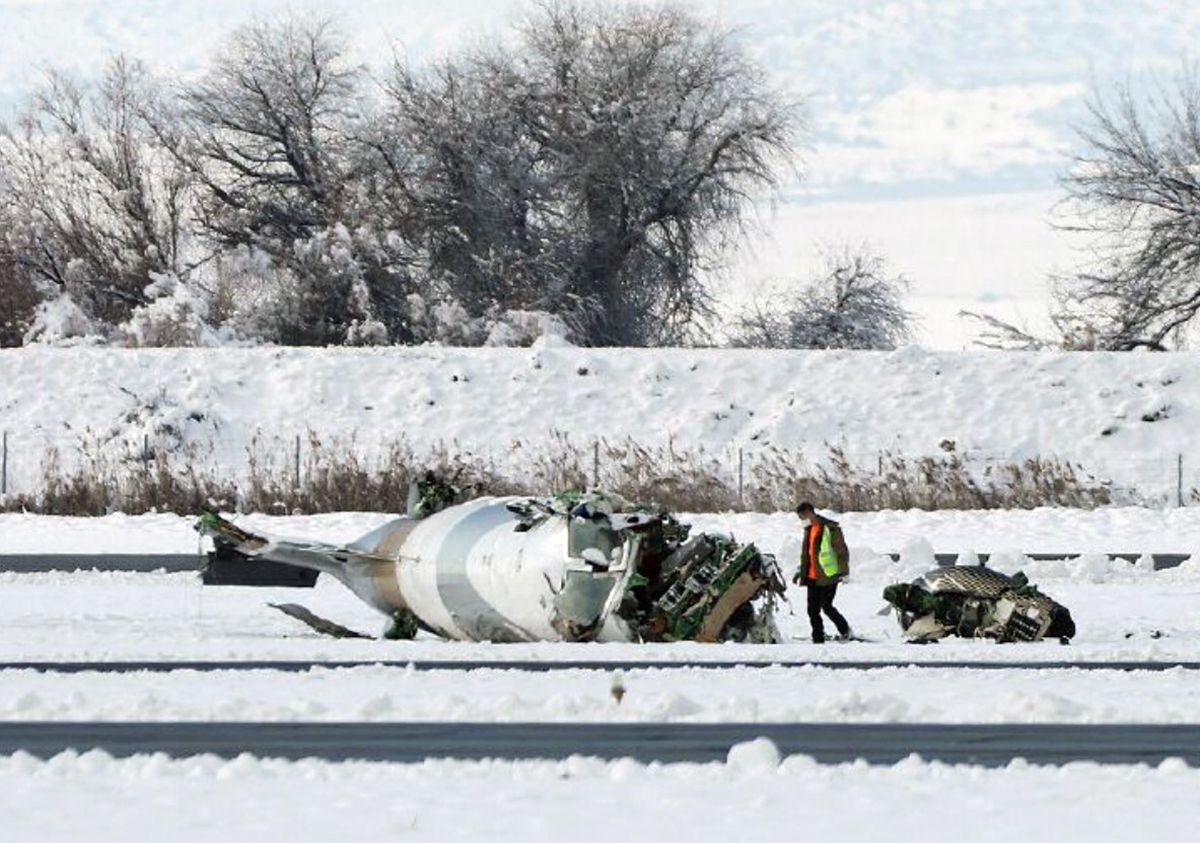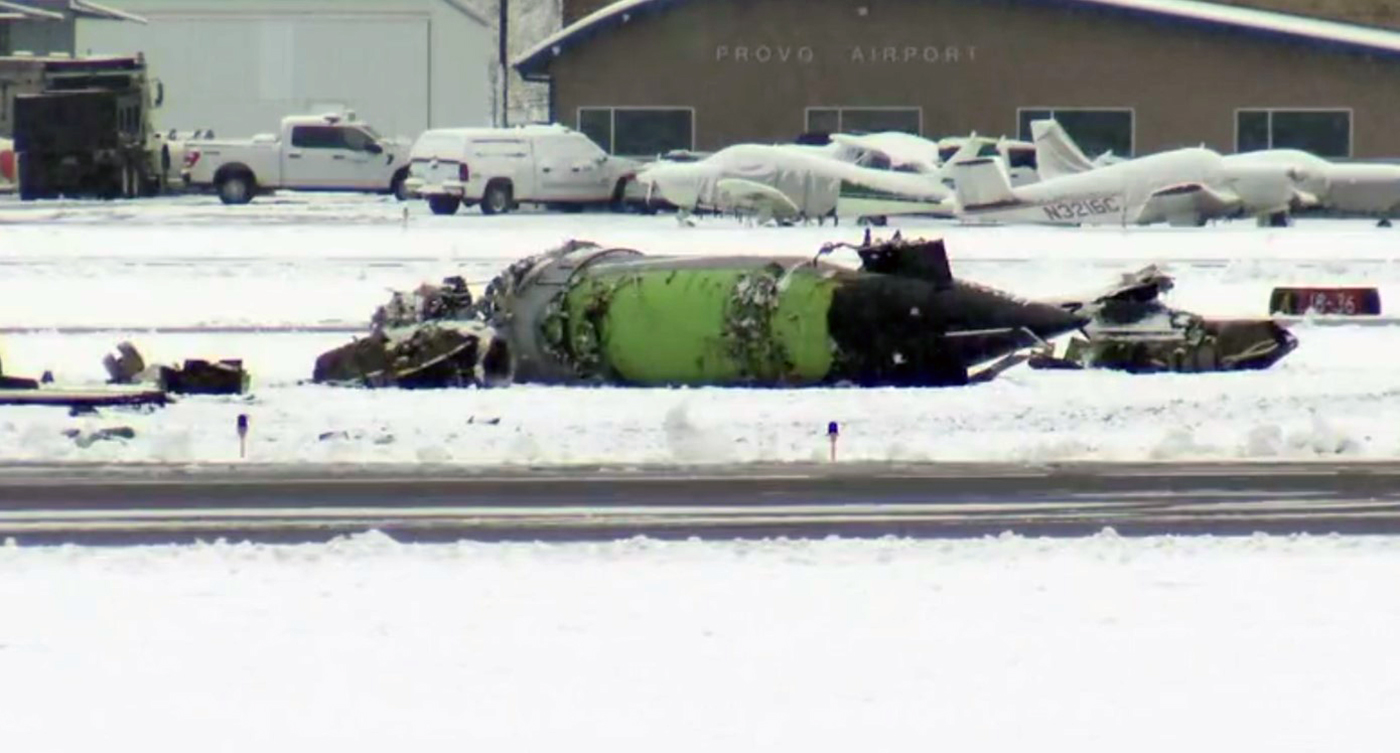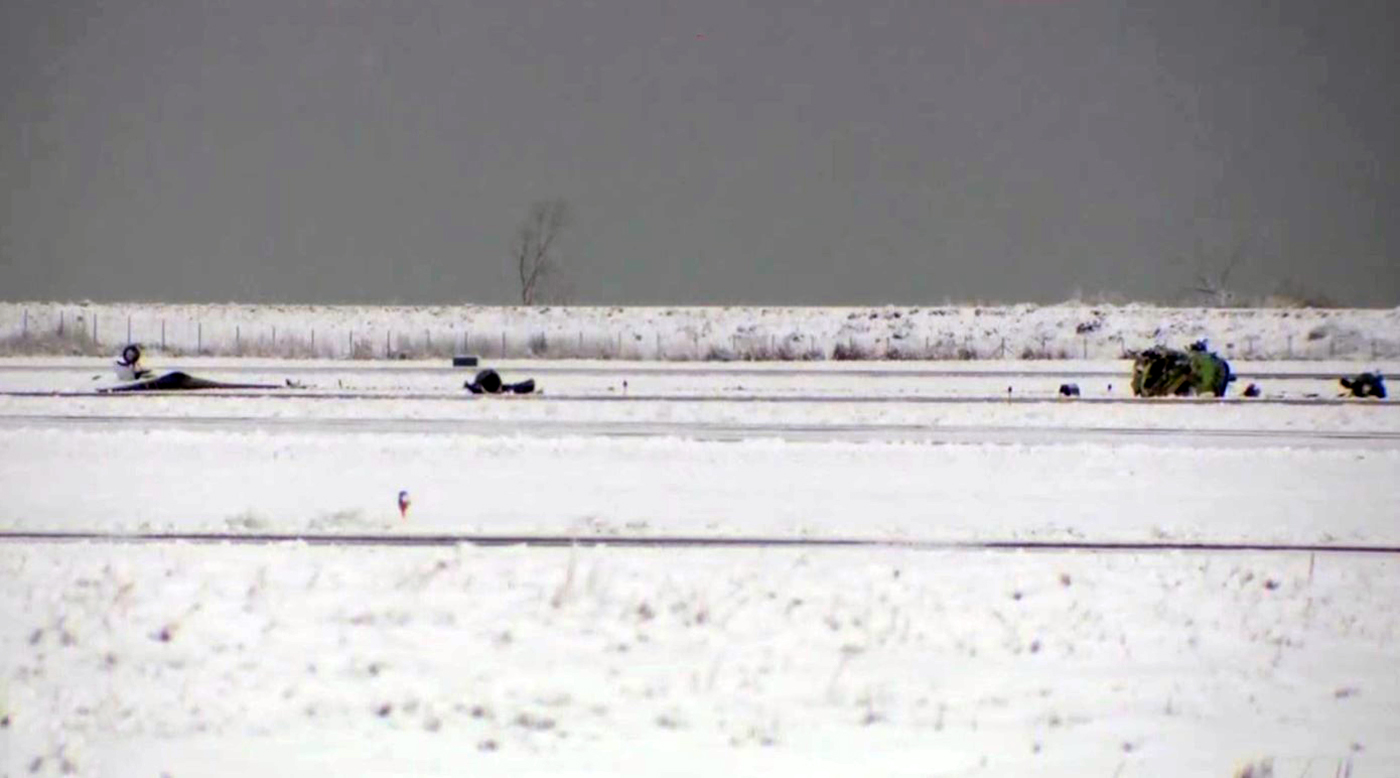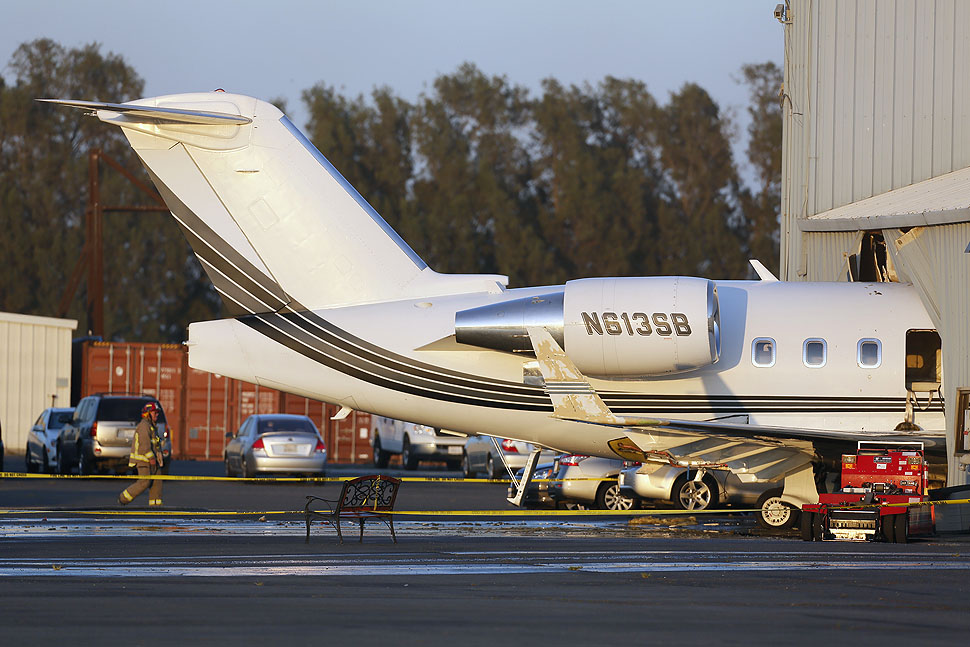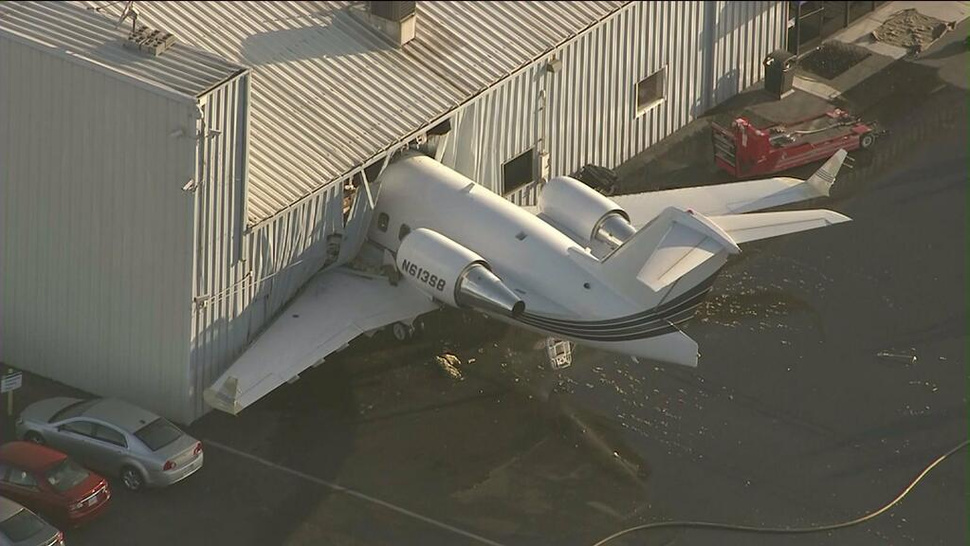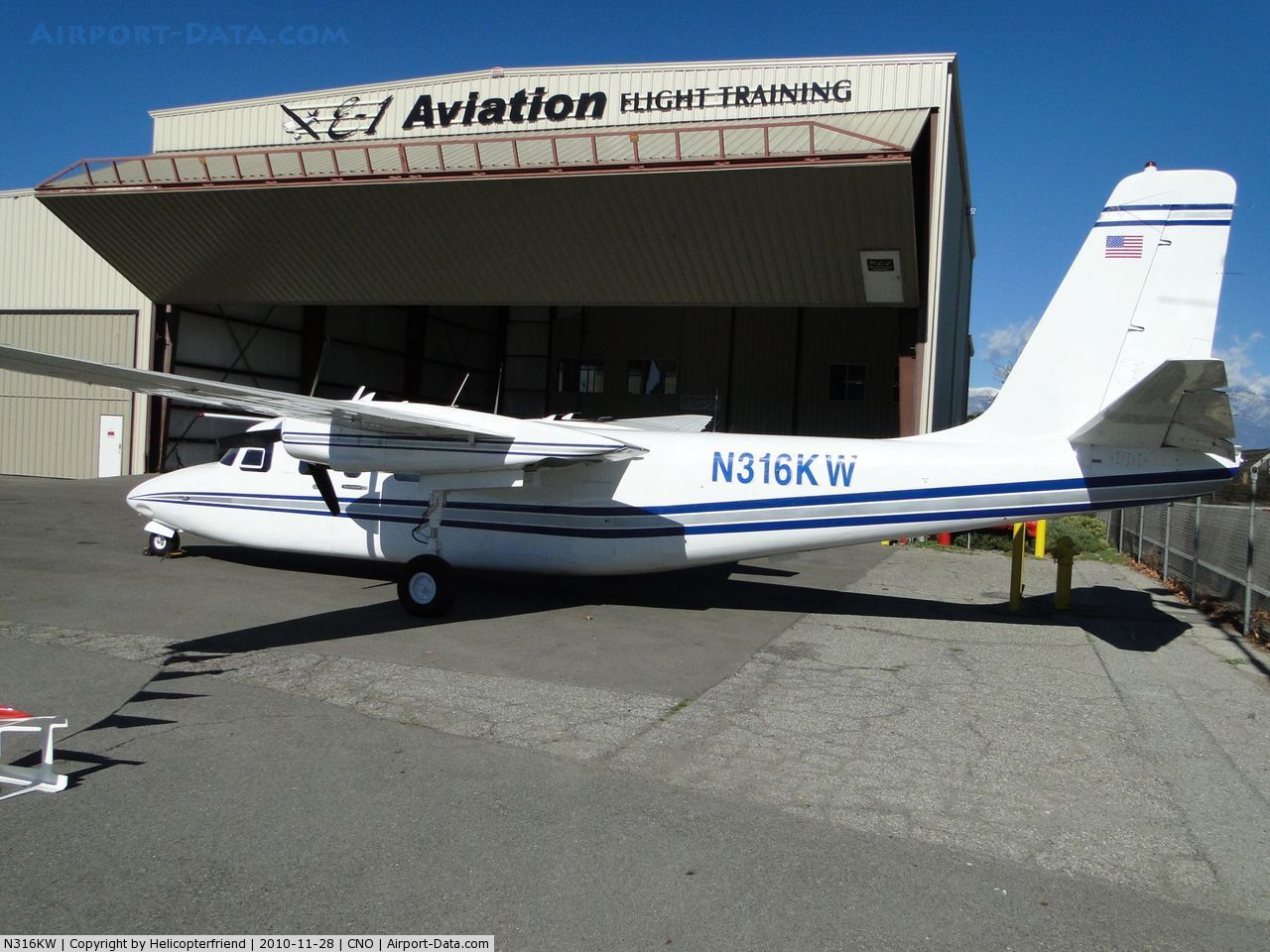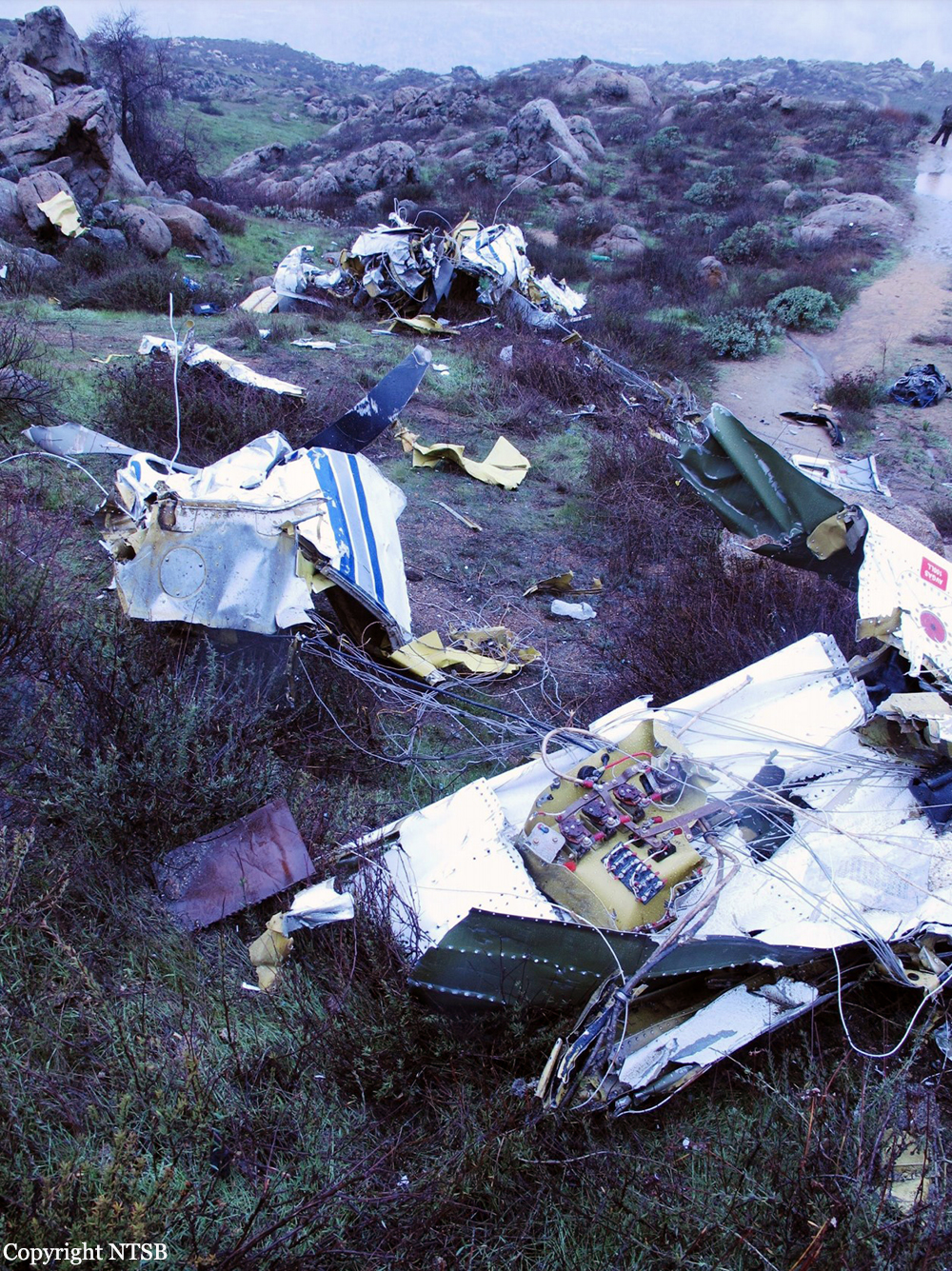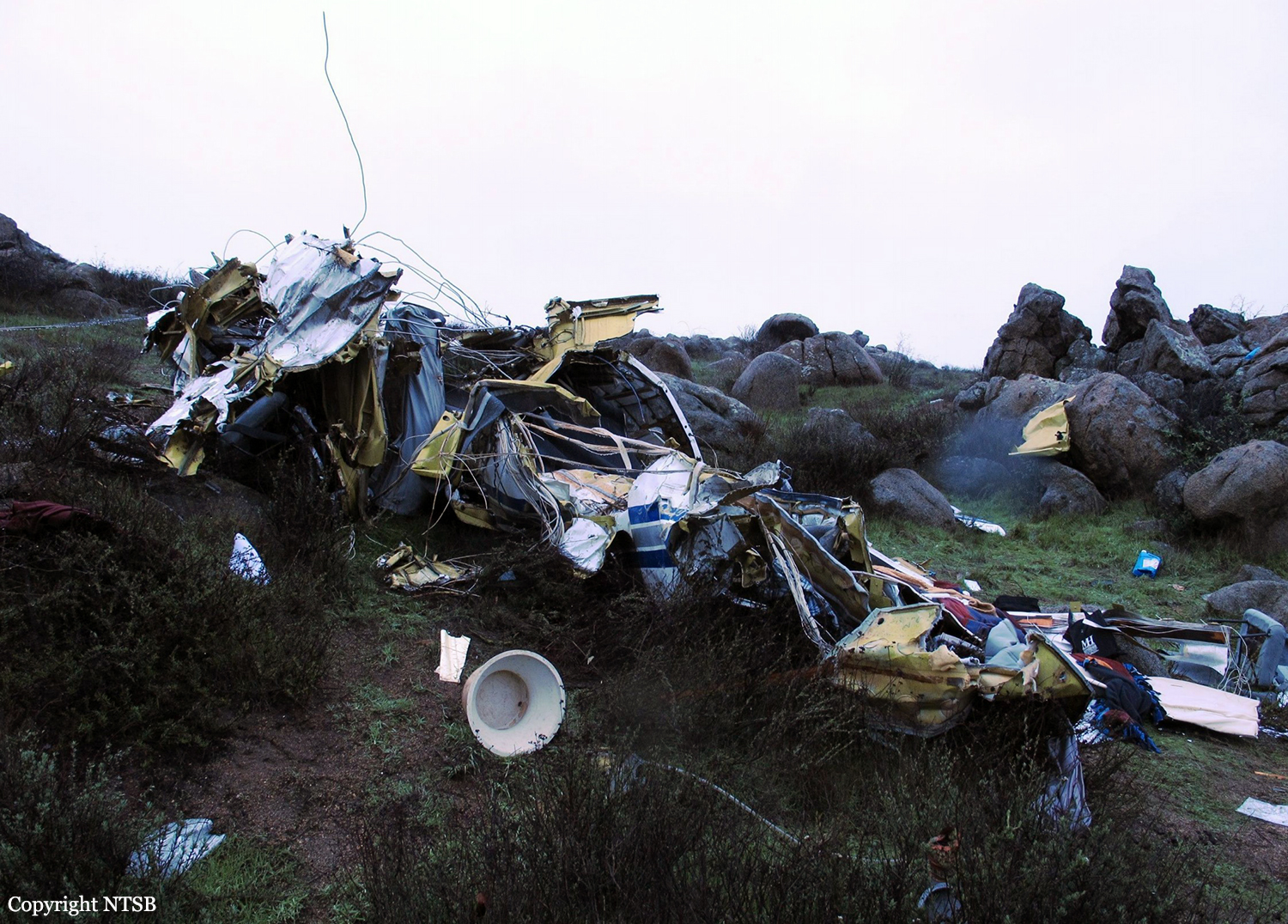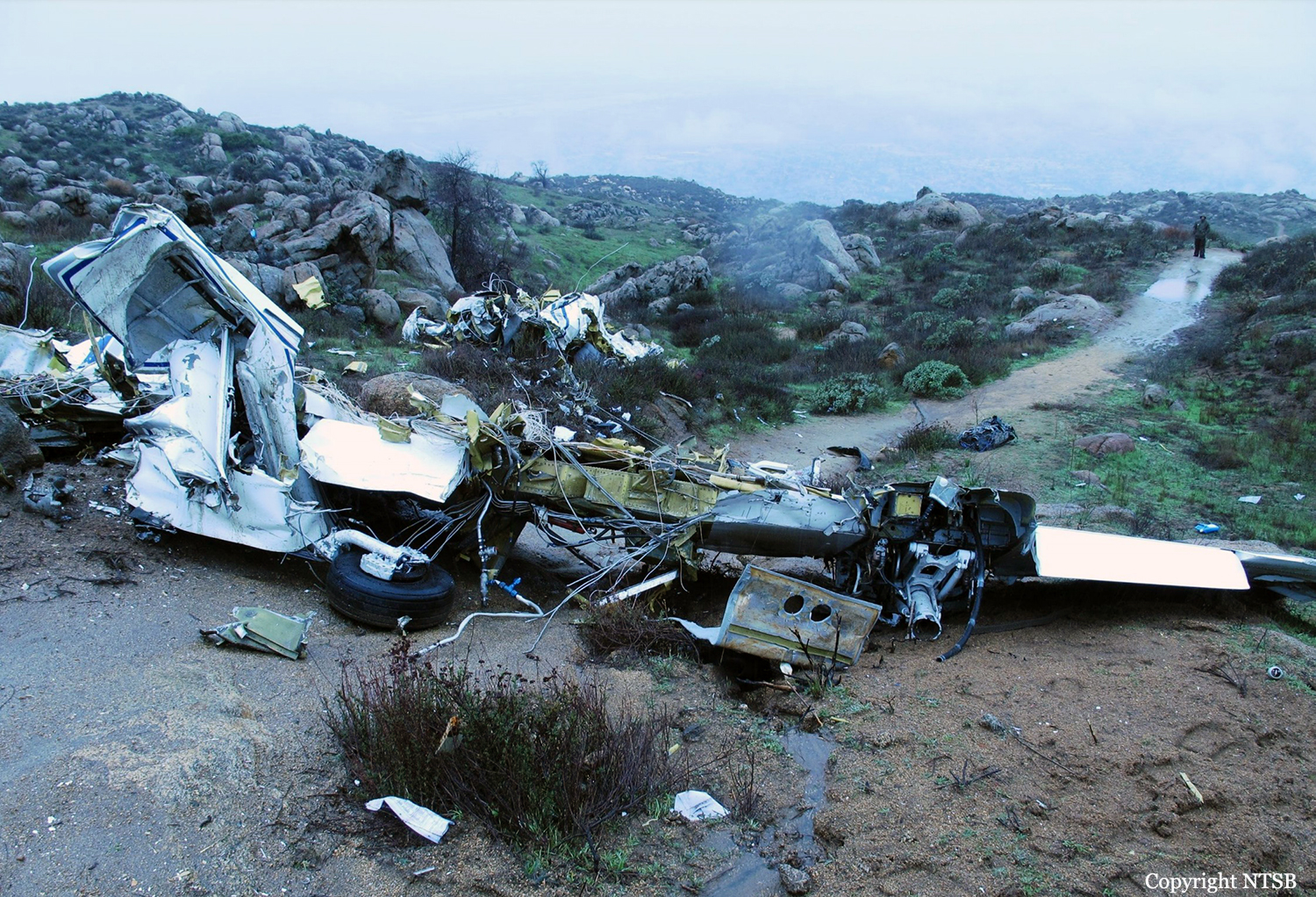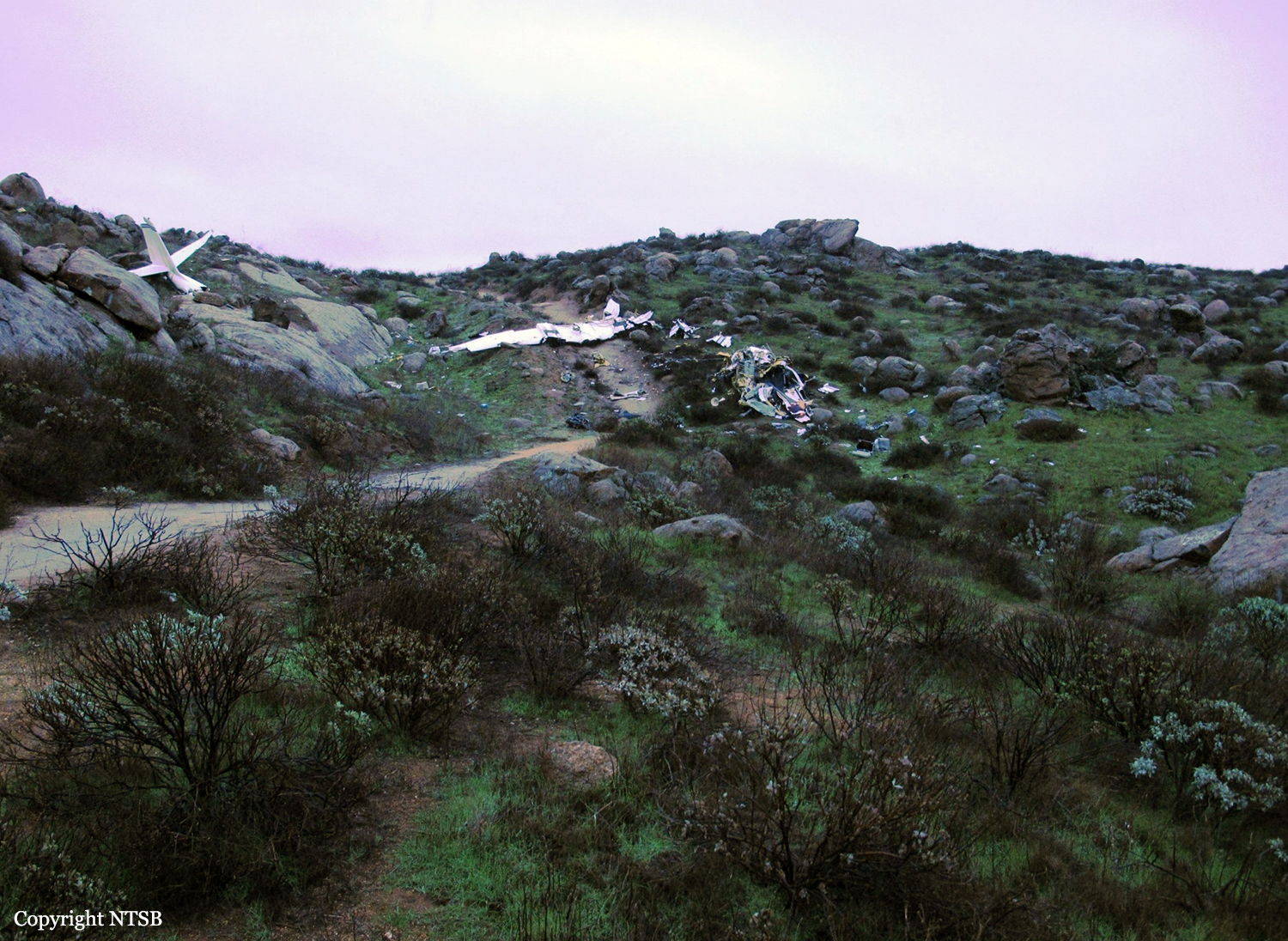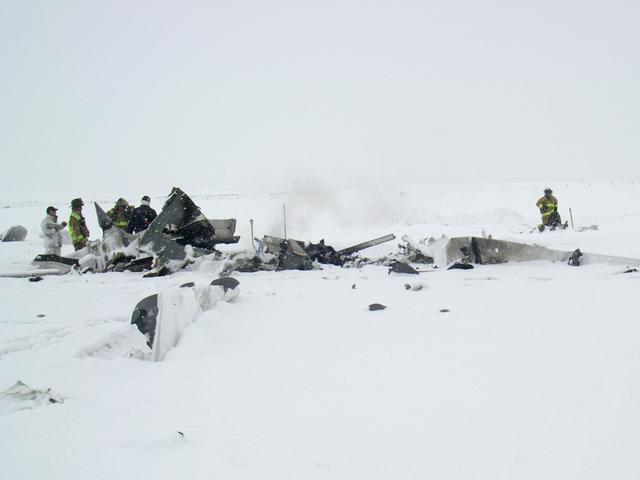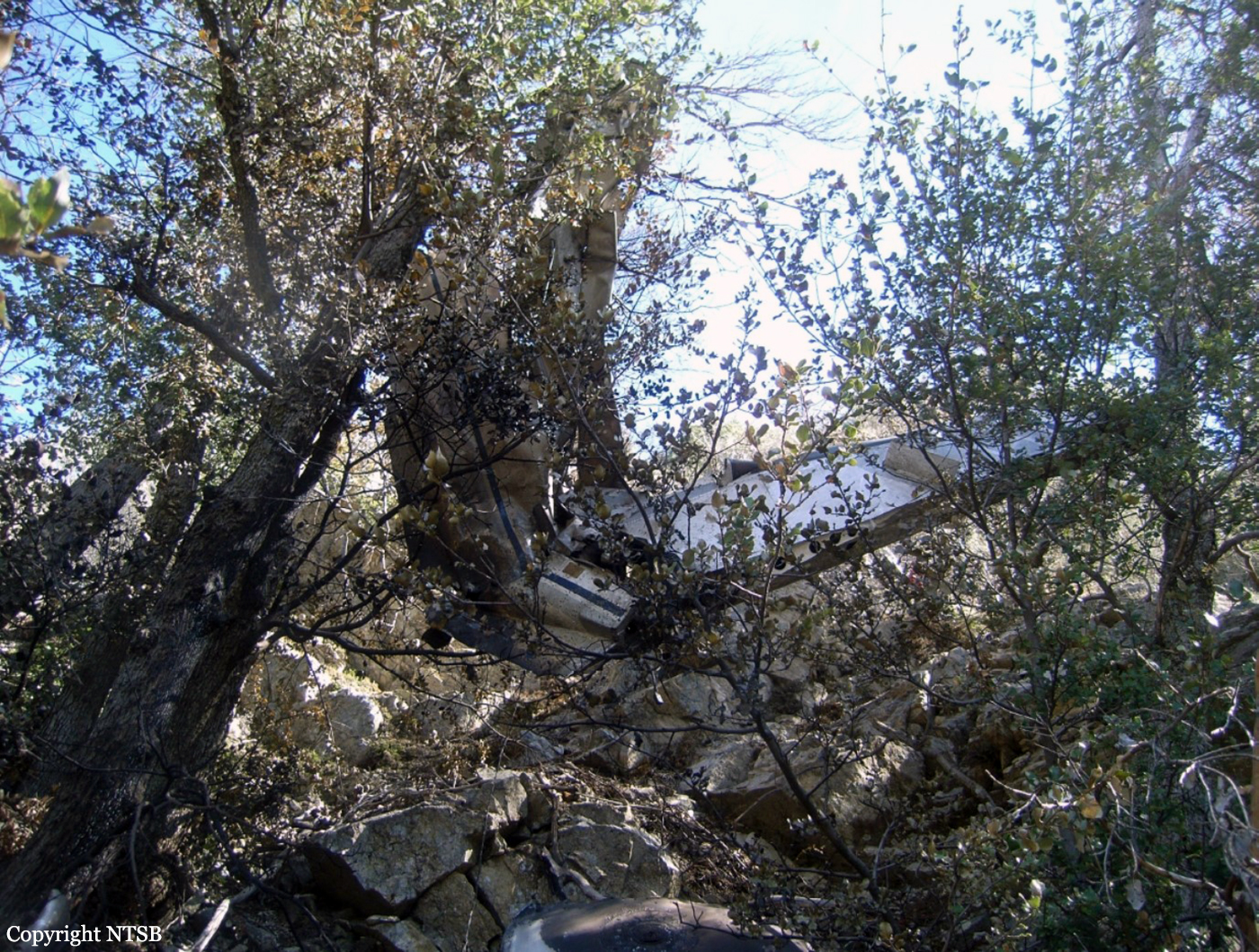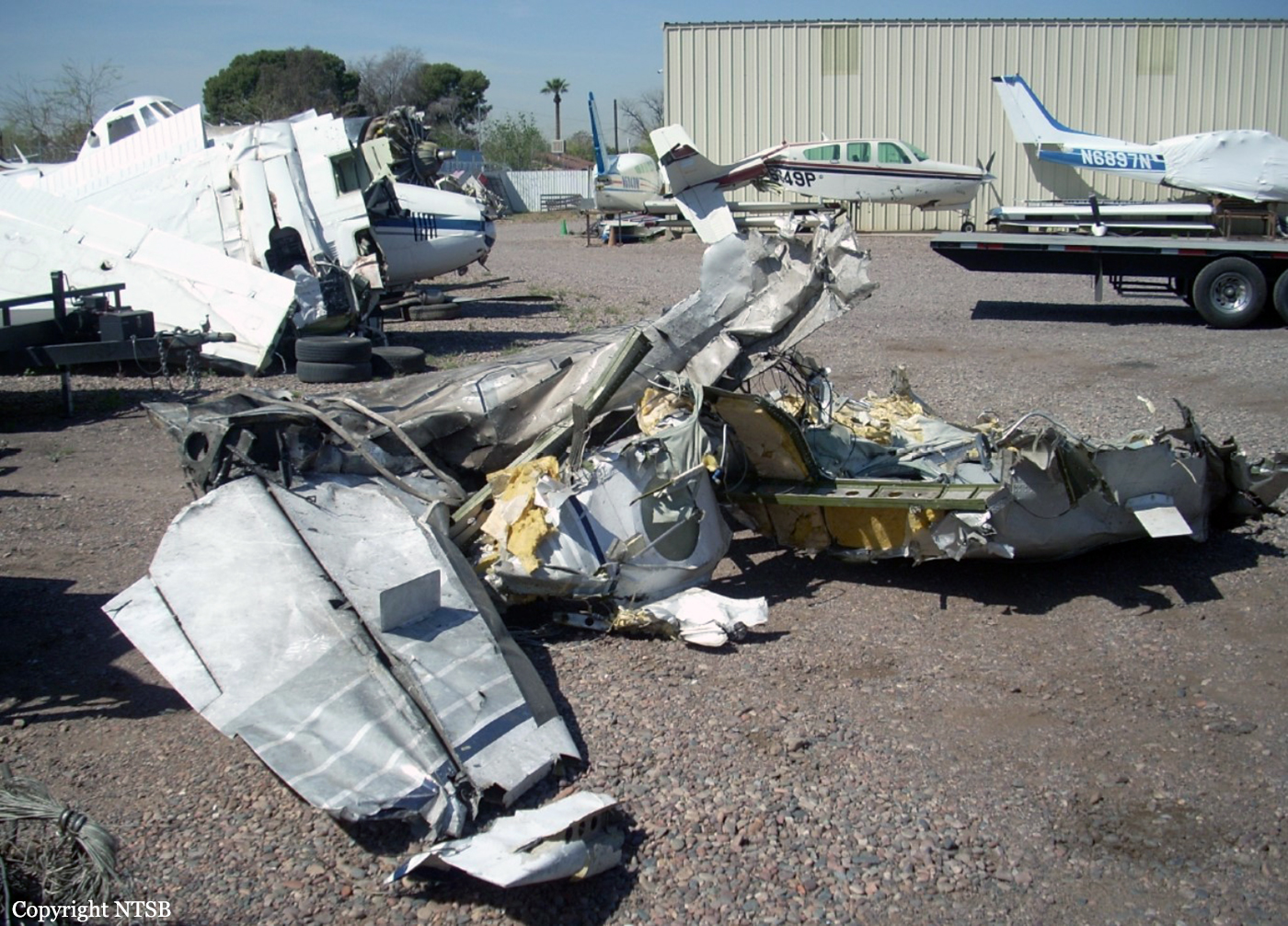Crash of a Lockheed 12A Electra Junior in Chino: 2 killed
Date & Time:
Jun 15, 2024 at 1235 LT
Registration:
N93R
Survivors:
No
Schedule:
Chino - Chino
MSN:
1257
YOM:
1939
Crew on board:
2
Crew fatalities:
Pax on board:
0
Pax fatalities:
Other fatalities:
Total fatalities:
2
Circumstances:
Shortly after takeoff from Chino Airport runway 21, while climbing, the twin engine airplane rolled to the left, descended to the ground and crashed in a grassy area, bursting into flames. Both occupants were fatally injured. The airplane was operated on behalf of the Yanks Air Museum.



